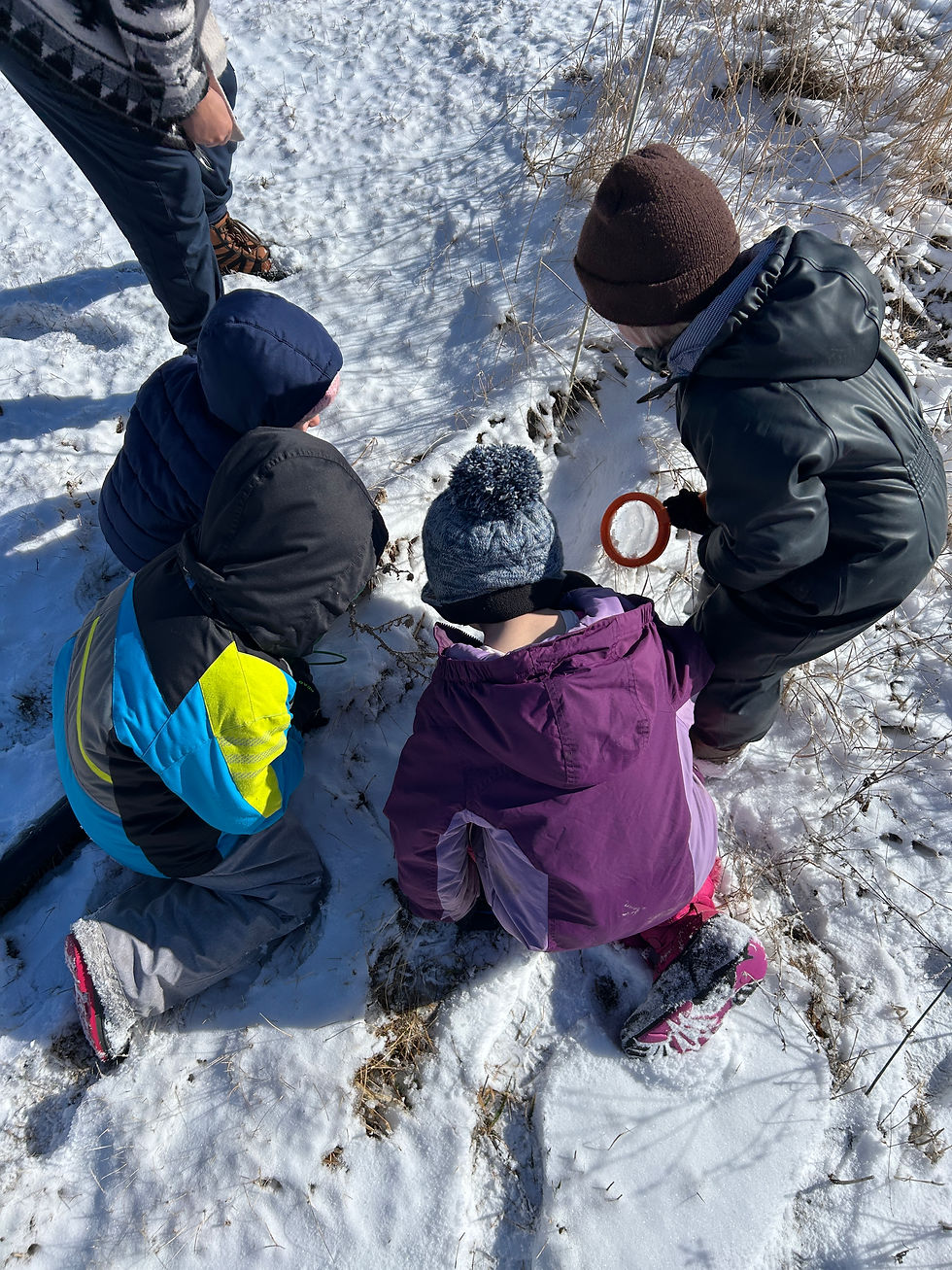Fire’s Historic Use/Future Potential as a Tool in Food Systems
- Jim Chamberlin
- Feb 17, 2022
- 4 min read
Just a couple of centuries ago in this great land, prairies, savannas, and forests thrived, rich in diversity, not just above ground, but below in the depths of the soil as well. These ecosystems were diverse communities that evolved over centuries, and were always in flux, always changing. The frequency and intensity of disturbance drove this change; drought, fire, wind, flooding, and herbivores both small and large. When these factors were minimal, forests invaded the savannas and prairies. When more common, the reverse happened, with nature pushing back the succession of the forest to an earlier succession. These fertile and abundant ecosystems needed no fertilizers, amendments, or soil tests to thrive, yet they thrived, and were greatly influenced by the human hand.

I believe we as humans have an innate connection to fire. Anyone who’s warmed their hands by the campfire on a cold evening knows well the connection I speak of, the dance of the fire as if it is a living thing. Indigenous Americans understood this as well as any. I was taught as a child that fire was dangerous and a thing to be suppressed. Smokey Bear was a powerful symbol to a young person, and on vacation trips with my parents, I looked forward to stopping by the Ranger Station to get coloring books and other propaganda espousing the need to suppress fire.
Intentional Use of Fire
Native Americans looked at fire as part of a larger system, connected to the animals, grass, and berries they needed to survive. Research shows that most fires set by Indigenous people were set in the shoulder seasons of spring and fall, when the danger of catastrophic fire was the least. They use fire as a tool for hunting and to maintain living areas free from pests and wildfire and would strategically burn based on the plant community and desired outcome.
For example, annual burns were used to promote grass production in the prairies and savannas in advance of the tribe's annual migration to encourage buffalo and other grazing ruminants to feed in their locality and they traveled. They used fire to hunt large game, encircling the animals by lighting numerous fires around them. This was done strategically, in an effort to not burn entire regions, so they could get in additional “hunts.'' The Plains Indians used fire to encourage buffalo in proximity to their own migratory routes. To promote berry production, burns were on a three- to five-year cycle, depending on the target species. And, around beaver dams and ponds, fire was used on a longer (ten to fifteen year) interval to set back the forest and provide young saplings as food for the beaver, a valuable food and fur source for Indigenous people. The connection to fire was inherent to Indigenous culture, and vital to their very way of life.
European culture has a much different history when it comes to fire and food systems. As settlers moved to the fertile prairies and savannas of the midwest, they brought with them a culture of a more intensive agricultural model, and they brought the plow to cultivate the soil. Though fire was used as a tool to burn crop residue and lowland pastures, it was most often seen as something to be suppressed and feared, for good reason.
Catastrophic Fire
On September 1st, 1894, a quarter-million acres in Minnesota burned in just four hours. During what is now called the Great Hinckley Fire, a half-dozen communities burned to the ground. The official death toll was 418, not counting hundreds of Native Americans who lived in and around the towns, and others who were never found.
This was just one of many devastating wildfires that took place in the era, including the Cloquet - Moose Lake fire that destroyed 10 towns and killed 452 people. Extensive logging, fire suppression and drought played a role in creating the conditions that led to these fires, but it speaks to the consequences of short sighted resource management. These tragic events led to more suppression of fire, with strict enforcement and penalties for starting wildfires. In comparison to Indiginous culture, the agriculture system of European settlers was far disconnected from fire, and from natural systems.
A Natural Tool

We will never have the vast open prairies and savannas that existed two centuries ago, or a culture that helped create them. However, we do know the consequences of managing land in a way that seeks suppression of natural tools like fire and ruminants. When we separate natural systems from the land we get degraded resources and communities. By finding ways to use these tools to our advantage we can create food systems that restore natural resources and the communities that rely on them.
Please send comments or suggestions to info@happydancingturtle.org. Want to know more about sustainable living topics, events, and happenings? Sign up for Happy Dancing Turtle’s eNewsletter.





Comments